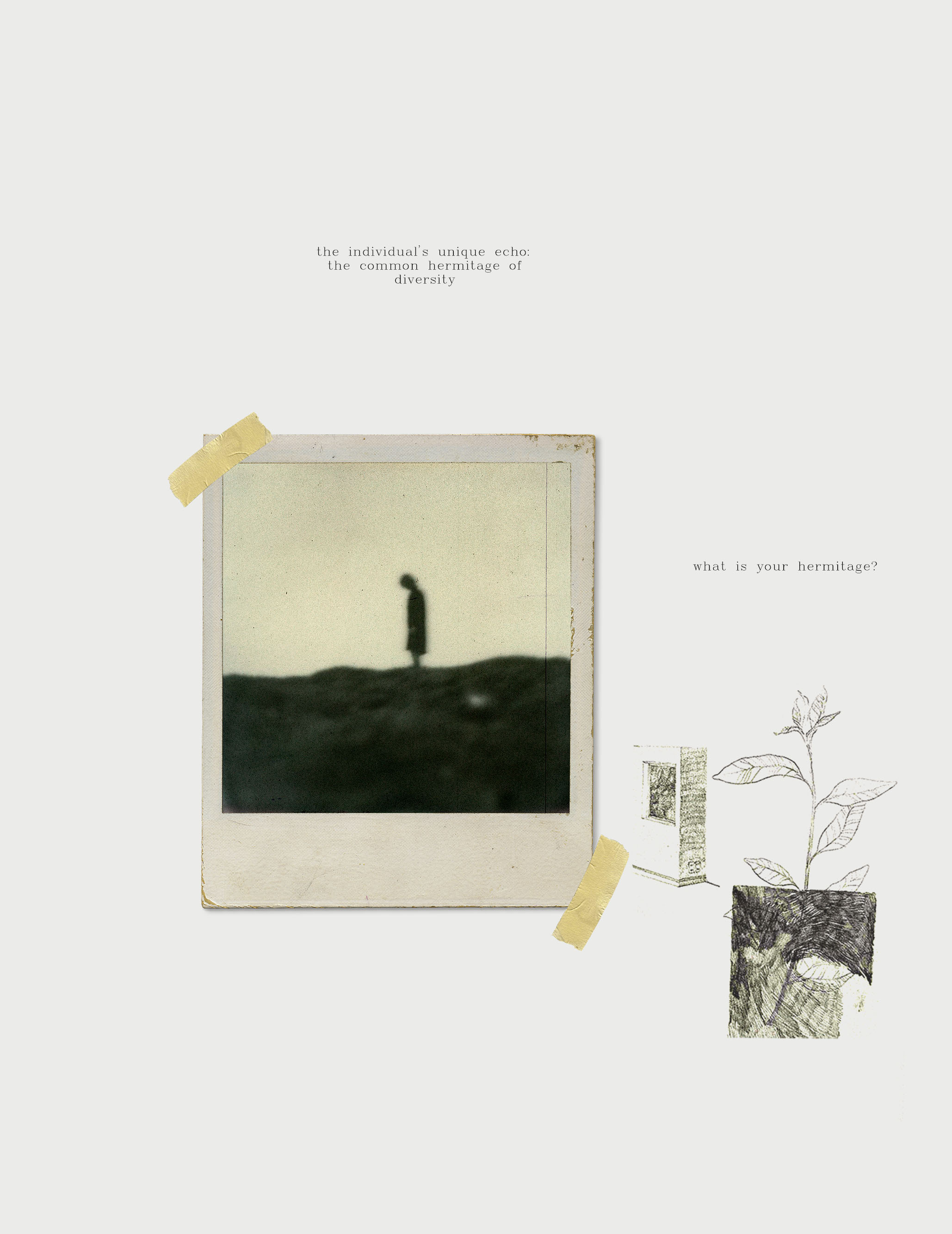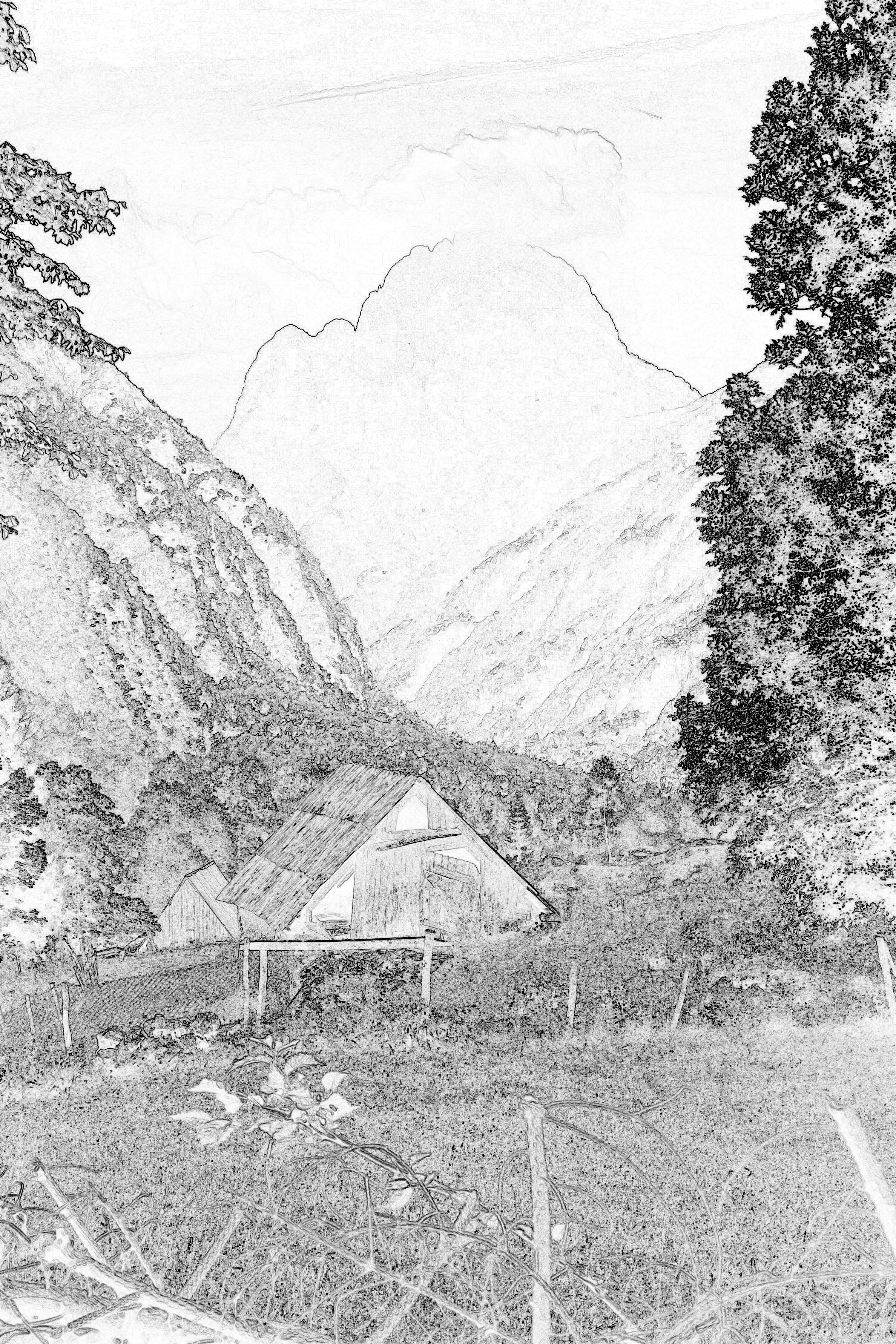[un]Buildable Escape
July. 2021
ITU Architectural Design MSci
Architectural Essay Film Practices
Research and Representation
According to Adorno, the essay does not allow
its domain to be written. Instead of achieving
something scientifically or creating something
artistic, the endeavor of the experiment reflects the
childlike freedom that ignites without hesitation.
The freedom in [Un]buildable Escape is a new
vision revealed by the interconnectedness of the
montage units projected on the screen. Each frame
is a hermitage of 20 different people, a depiction
of their inner tensions. Each answer is a section
of nature; each scene is a living molecule. In their
coexistence with other molecules, depictions of
nature are produced by interacting both physically
and chemically. With the conflicting variations
of images in graphics, plane, volume, light,
space, and time, it reveals what has not yet been
imagined. With a moving method that can give the
contradictory concreteness of the forms of existing
relations, the dialectical coexistence of what is
and what has not yet been of the common retreat
imagination of different minds is presented. The
essay film has a fragmented structure that rejects
the attempt to understand a unity focused on the
“grand narrative,” opposes the linear narrative, and
is the cinematic counterpart of the hermitage
depictions. For this reason, it is like a laboratory
with its dialogic form that intertwines social,
psychological, and architectural narratives and is
suitable for the analysis of relationships. The kinetic
structure of the images combined in the film is far
from being fixed, and yet it is possible to talk about
a holistic structure in the film. Each fragment of
the image gains meaning within the relationship
of the image to the whole and functions as a part
of the whole. This situation expresses the integrity
of both the film itself and the nature it represents.
The aim here is not the pleasant sequencing of
randomly assembled episodes; on the contrary, it is
the dynamic realization of a film that moves with the
idea of a whole, far from a fixed narrative logic.
![]()
Figure 1. Film Poster
![]()
Figure 2.
This drawing, with its simple hut nestled within untouched nature, embodies
Marc-Antoine Laugier’s Primitive Hut concept, reflecting the idea that the ideal architectural
form emerges from our fundamental need for shelter and connection with nature, offering
refuge from the complexities of modern life and fostering the restoration and awe that the
natural world provides.
Figure 3. Essay film


